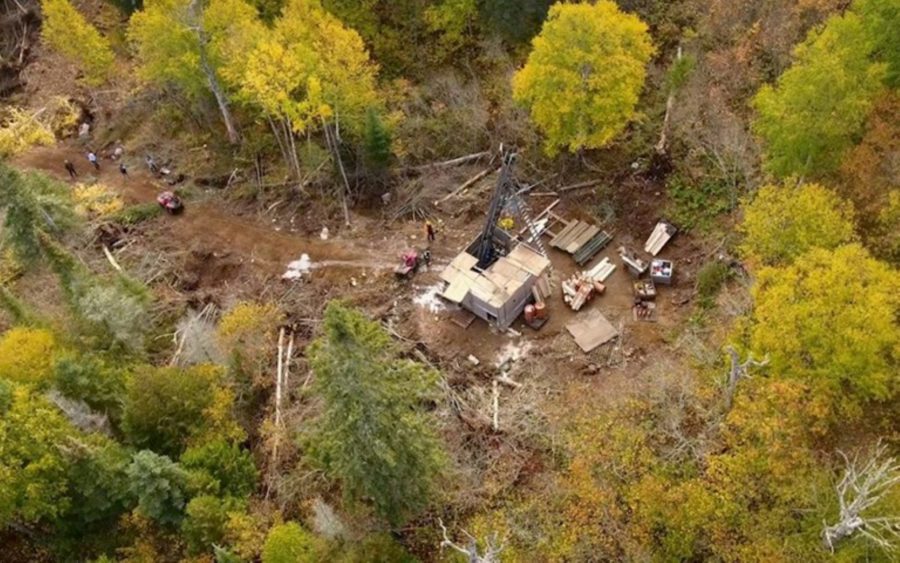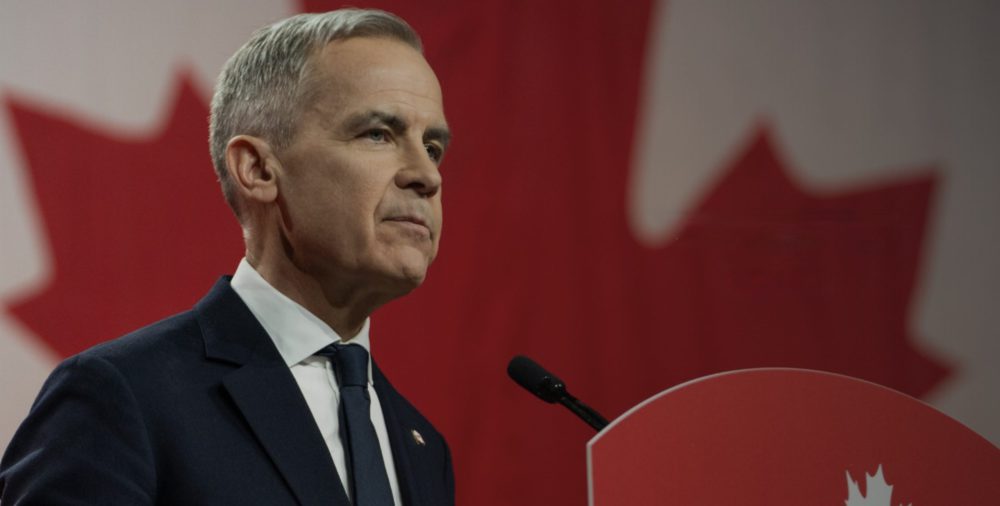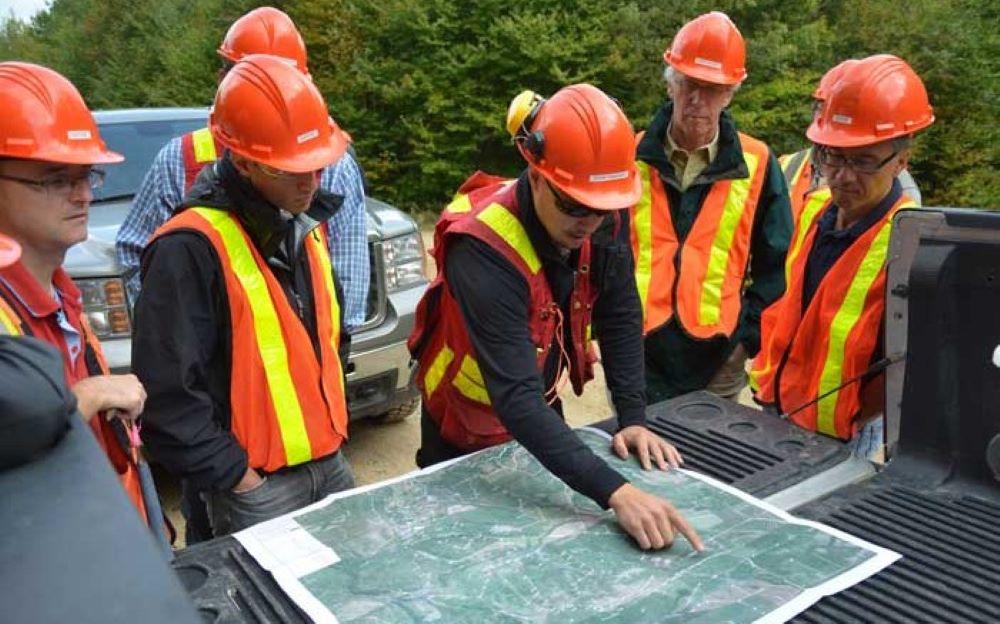The good, the bad, and the tariffed: Mining’s digital lifeline in uncertain times

Although U.S. tariffs have introduced significant challenges for the Canadian mining industry, they also bring an environment of change that could stimulate strategic shifts, increased efficiency, or investment in domestic capabilities.
The good news is that Prime Minister Mark Carney has publicly endorsed a long-desired mining policy in Canada of a “one project, one review” permitting system. Carney announced recently that he and Canada’s premiers have agreed to eliminate all interprovincial trade barriers and streamline environmental assessments for major projects, including mining projects, high-speed rail, hydroelectricity grids, and pipelines. The plan is touted as a major way to replace duplicative federal and provincial environmental reviews with a single streamlined process.

Meanwhile in Ontario, Premier Doug Ford is following through on his vows to expedite the development of the Ring of Fire region as a response to Trump tariffs and get critical minerals projects moving in the province. His recently re-elected majority government is proposing legislation that will speed mining and other major projects across the province in the Ring of Fire and other economic priority zones. However, a coalition of First Nation chiefs has already issued a word of caution.
At first glance, the recent U.S. tariffs seem like nothing but bad news for Canada’s mining sector — all downside, no upside. But dig a little deeper, and even this uncertainty may hold unexpected opportunities. In my opinion, tariffs also introduce a degree of disruption that may create openings for strategic adaptation and innovation.
Digitalization can significantly help the mining industry mitigate the impact of tariffs through several key strategies such as enhancing supply chain management to help mining companies navigate disruptions and maintain steady operations, achieving cost efficiency using automation and artificial intelligence (AI) to streamline operations, using real-time data analysis to provide insights into market trends and tariff impacts, improving productivity using digital innovations like predictive maintenance and automated machinery, diversifying the markets by using digital platforms to facilitate access to new markets and customers and reduce the reliance on regions affected by tariffs, and finally by embracing electrification, the mining industry cannot only reduce its environmental footprint but also strengthen its financial resilience against tariffs.
Leveraging advanced digital technologies enables the mining sector to navigate the multifaceted impacts of tariffs while bolstering operational resilience in an increasingly uncertain global economy.





Comments